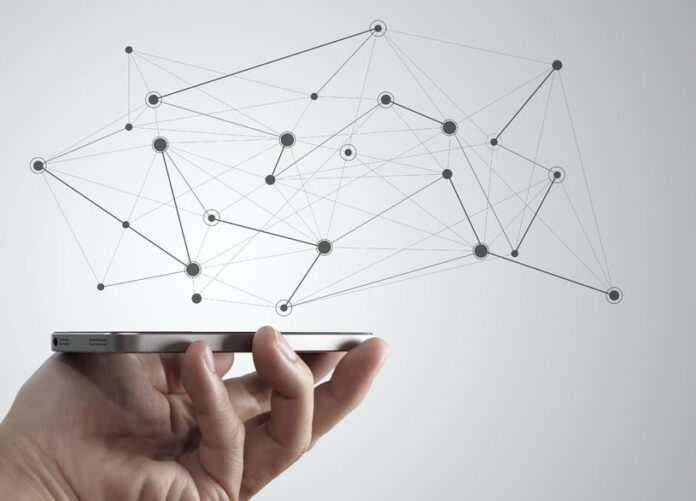As service providers seek to better understand their networks, operations and customers through the use of analytics, a number of factors are driving the desire to distill information into intelligence. Five forces driving the use of mobile network analytics include:
• Automation. As networks get more complex and heterogeneous, with increasing numbers and types of end-user devices, it becomes more important for network operators to be able to react in real time, and even predictively, to handle changes in capacity demands, troubleshoot, and maintain service level agreements and overall customer experience. Analytics play a key role in the ability to put more automation into the network, such as self-organizing network features.
• Virtualization. Accompanying and driving automation is the trend toward software-defined networking and network functions virtualization. Part of the promise of NFV is in flexiblity and the capability to “spin up” and “spin down” resources as needed to launch new services or add capacity – and the more that data, rather than humans, can be used to mediate that process, the faster and more efficient virtualization can be.
• The “Internet of Things.” Cisco Systems found that in 2014, there were nearly 109 million wearables added to networks, resulting in about 15 petabytes of data traffic per month. Gartner expects the number of connected “things” will reach 4.9 billion this year, up 30% from last year and reach 25 billion by 2020. Amy O’Connor, big data evangelist for Cloudera, expects that the IoT trend will really start to hit operations within the next 18 months, and that operators have a chance to play a bigger role in IoT than simply providing connectivity if they can leverage the value of analytics.
IoT isn’t just about connectivity, it’s about the information traveling from tens of thousands of new types of devices and sensors, and how that information gets processed and mined for value. Which ecosystem players will reap that value is still being determined as IoT moves more into the mainstream, but analytics are sure to play a key role. More on IoT and analytics here.
• The need to differentiate based on customer experience. Gartner has found that 89% of companies expect to compete mostly on the basis of customer experience by 2016, and telecom is no exception.
Ovum analyst Chantel Cary said operators are seeing so much competition from cable, broadband providers, over-the-top services such as Netflix and others that they are facing intense pressure to differentiate their services.
Analytics can also be a way to ensure that high-value customers feel they are valued and their service personalized. Ari Banerjee, senior director of strategy for NetCracker, notes that in order to identify those customers, data such as customer lifetime value, customer profiles and billing data need to be correlated with network data. Operators don’t necessarily want to make all of their customers the same deals on roaming or boosted video speeds, he added, but analytics-based intelligence can help them better parse which customers to target for increased satisfaction and less propensity to churn.
• Desire to have a behavioral view of the customer. A full, behavior-based view of the customer is not only part of personalizing customer experience, but also personalizing marketing in order to get more uptake of additional usage or new services. Cloudera’s O’Connor said the No. 1 use case for telecom operators she works with is customer experience, and trying to get a 360-degree view of their customers by leveraging the massive amounts of data that they already collect to get a better view of the “customer journey.” Such an approach typically starts with customer data and transactional data that operators may have stored in data warehouses, and then broadens with additional data sets such as clickstream data from their website to determine what customers may be interested in, and geolocation data from the network for more contexual information – built up over time, with increasing complexity, to garner more and deeper insights.
Read more about the use of network analytics in RCR Wireless News’ special report on the implications and applications of big data analytics.
Image copyright: everythingpossible / 123RF Stock Photo

